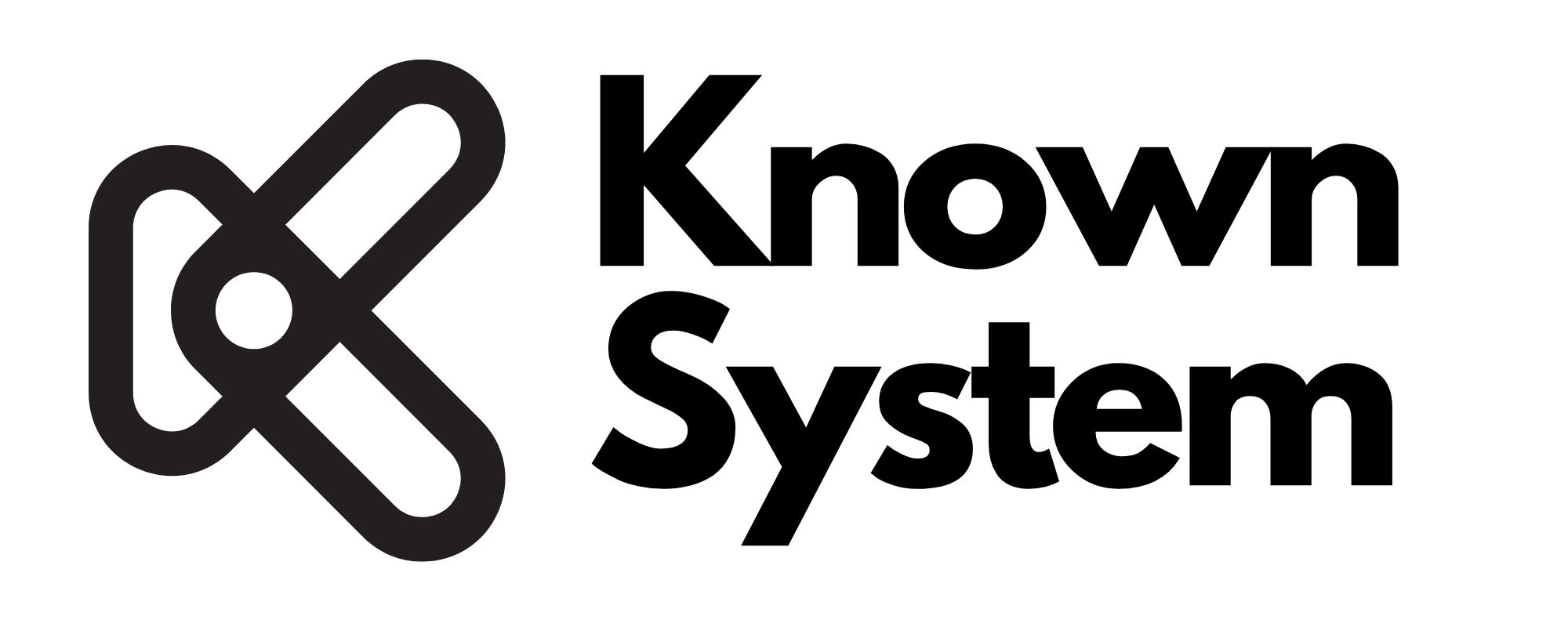Case Studies in Technology Integration: Lessons Learned

The integration of new technologies into existing systems is a complex and multifaceted process. Case studies offer valuable lessons in both the successes and challenges of this integration, providing insights into what works and what doesn't. By examining real-world examples of technology integration, businesses and organizations can better understand the practical implications of adopting new technologies and make more informed decisions.

One example of successful technology integration can be seen in the healthcare sector with the implementation of electronic health records (EHR) systems. These systems allow healthcare providers to store, access, and share patient information digitally, improving patient care and operational efficiency. However, the integration of EHR systems into existing medical practices has not been without its challenges. Some healthcare organizations struggled with the transition from paper-based systems to digital records, requiring extensive training and adjustments to workflows. Over time, many of these challenges were addressed through ongoing support, training, and customization of the software, leading to improved outcomes.

In the manufacturing industry, the integration of automation and robotics has revolutionized production lines, enhancing productivity and reducing human error. One case study that stands out is the implementation of robotic arms in car manufacturing. Initially, workers and engineers faced challenges in coordinating robotic and human tasks effectively. However, through continuous improvement and collaboration between technology providers and manufacturers, these systems were optimized to increase efficiency and worker safety. The lessons learned from this integration have since been applied to other industries, allowing for smoother transitions to automated systems.

Another example comes from the education sector, where the integration of learning management systems (LMS) has transformed how educators and students interact with course content. While LMS platforms have made it easier for educators to manage assignments and track student progress, some institutions struggled with getting teachers and students to adopt the system fully. Over time, successful integration was achieved through ongoing professional development and user feedback, which helped refine the platforms for better usability.

These case studies highlight the importance of planning, training, and flexibility when integrating new technologies. They show that while the process can be challenging, with the right approach and support, technology integration can lead to significant benefits and improvements.
Newsletter
Every week, we send out latest useful news. Subscribe and get the free newsletter in your inbox.


